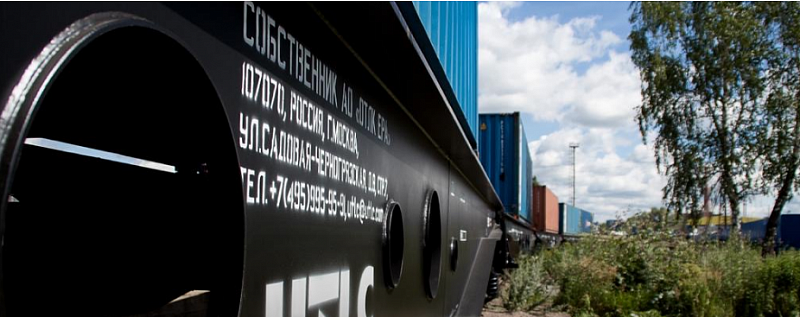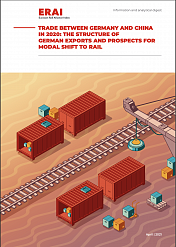«The purpose of the service is to organise predictable and controlled cargo transportation», the companies said. New rail freight services on the New Silk Road often depend on the demand, and may not run if the volumes are low. With the guaranteed offer regardless of the volumes, the service operators apparently want to change this. «The joint service opens a new stage in the history of cargo transportation on the China-EU-China route. For the first time, the market will receive a flexible and predictable solution for deliveries of any volume», said Alexey Grom, CEO of UTLC ERA.
Fixed schedule
United Transport and Logistics Company — Eurasian Railway Alliance, in short ULTC ERA, will provide the railway transportation from the Altynkol station, in the Chinese border with Kazakhstan, to the ports of the Kaliningrad region and vice versa. It is the main operator on this 1520 mm gauge railway network. In turn, Belintertrans Germany, in short BIT-Germany, will organise a regular sea link between the ports of the Kaliningrad region and the port of Hamburg.
The entire route is synchronised within a single technological chain, in which every movement of freighters will correspond to a fixed schedule of the sea line and a vessel chartered for a specific volume of cargo. The coordination of logistics processes along the entire multimodal route and the «one window» technology will
provide users with the most effective channel for planning and carrying out the transit of goods."
Pilot shipments
A pilot service between Chongqing and Hamburg/ Duisburg was successfully operated in August and trains now run weekly on this new route. Several freight forwarders as well as platform companies have already expressed interest in the alternative service, the companies say. «The plan is to extend the frequency to up to two trains per
day in October.»
BIT-Germany Director Artur Ballardt commented: «We are proud to introduce this new multimodal service. With an always growing interest and demand in transportation along the Eurasian corridor the implementation of new gateways is inevitable to absorb additional cargo volumes and keep transit times short. We are positive that this joint product will add great value to our customer’s transportation chains and the market in general.»





